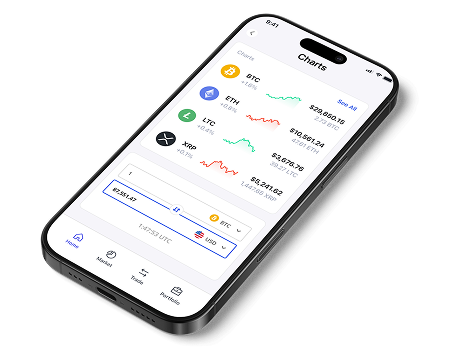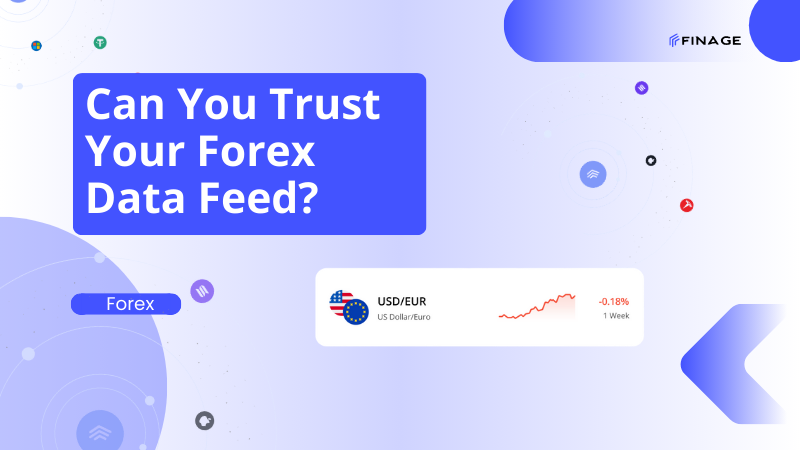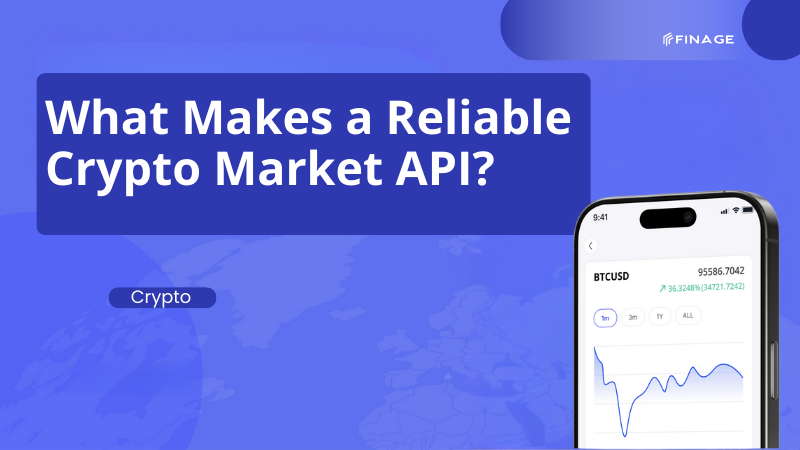How Trading Widgets Enhance User Experience
5 min read • January 14, 2025

Introduction
Trading has come a long way. And over the years it has continued to evolve, a process that is still happening. Modern trading is a complex process, especially for the novice. To trade stocks efficiently, you will have to invest a lot of time and special tools.
Trading platforms and their solutions have become a vital component of trading. Nowadays, the software enables investors to track and stay up to date with the stock market. Let’s look at how adding widgets to trading software greatly enhances the experience.
Contents:
- What is a trading widget?
- Improving user experience
- Providing important data
- Enhancing the user workflow
- Giving users a voice
- Providing extra market analysis
- Making complex calculations
- Providing alternative data
- Simplifying complex processes
- Final thoughts
What is a trading widget?
A trading widget is a small icon that, at first glance, looks relatively simple. However, they serve a bigger purpose than one might initially expect. Trading platforms and other websites use it to increase website turnover and engagement. Widgets have the following additional benefits:
- Make various tasks automatic so the user can focus on the more important ones
- Increase website traffic
- Users can personalize them to their tastes
- Can be used as CTAs for individuals running sites
Improving user experience
Stock trading has a lot of benefits if done well. Current estimates put the market cap at about $55 trillion and this is for the USA alone. Such a figure shows just how expansive this industry is. To become an investor one must be able to access trading platforms. Here you can compare information and decide which companies to invest in and which to neglect.
Trading platforms, therefore, have to be well-equipped to help their users use them effectively. Various tools have to be provided to help users each step of the way. Widgets can provide this assistance. The following are ways in which UX can be enhanced:
Providing important data
Trading is a data-driven industry. Any information, regardless of how small it is, could potentially affect your investment. Thanks to a stock price data API, widgets can be programmed to provide you with important updates when they happen. Some important facts could be some by widgets, including:
- Price data
- Historical data
- Sentiment analysis
- News
- Market timestamps
- Book data
Enhancing the user workflow
Apart from being a good source of data. Trading widgets can also provide additional functions for the user. Because of the high amount of data you'll have to go through, it's beneficial to have a tool that can help you multitask.
Trading widgets can help users take important notes, or even act as a reliable stock market data API. Users’ experience is enhanced in this case because there's enough room to properly strategize.
Giving users a voice
Trading widgets can be programmed to act as a way for platforms to get important feedback from users. This could be done through simple surveys. The gathered data could further be used to improve any aspects of the trading platform that users might not appreciate.
Providing extra market analysis
A trading Widget, especially one coupled with a tool such as a real-time stock data API for algorithmic trading, can provide direct aid to the user. In this case, the widget can review the best and worst-performing stocks for a specific period.
Users can then use this data in their investment strategy. Although widgets do not give specific data on what move to make, any users will appreciate the extra help.
Making complex calculations
A trading widget that can also perform complex calculations on behalf of the user can greatly reduce workload. This could be in the form of extrapolating the mean gains or losses expected to be made from each trade conducted.
Additionally, the total values for all possible trades can also be determined. Any trader will appreciate the level of convenience this brings to their overall UX.
Providing alternative data
Another way trading widgets can enhance UX is by providing alternative Data. This refers to information collected from nontraditional channels. Because trading is a data-dependent industry, it is always advantageous to have as much of it as possible. Some of the most common sources of alternative data are:
- Seeing public opinions on certain companies
- Satellite databases
- Product review website to gauge public sentiments
- Jet tracking and weather forecasts
- Website traffic and so on
All this information could be incorporated into trading widgets to a certain degree. The result will be a tool that traders will be always eager to interact with whenever they work.
Simplifying complex processes
Trading may be scary for newcomers and even difficult for experienced traders due to the sheer volume of information and equipment required. That is why trading widgets make these complexities easier by providing intuitive interfaces and condensing key functionality in one spot.
For example, a "Buy/Sell" widget enables customers to complete trades quickly without having to navigate through many windows. By reducing friction, widgets make trading more accessible to a wider audience.
Final thoughts
Trading stocks is usually a complex process. However, this doesn't have to be the case because it can be enjoyable. Trading platforms have to look for ways to make users not only trade effectively but as simple as possible.
A small innovation that can improve the user experience comes in the form of adding trading widgets. Although the changes may seem small, they enhance user interaction with trading platforms. In the long run, this becomes a plus for both site owners and users. Widgets simplify trade operations, give real-time data, and encourage user engagement all while remaining efficient.
You can get your Real-Time and Historical Market Data with a free API key.
Build with us today!
Claim Your Free API Key Today
Access stock, forex and crypto market data with a free API key—no credit card required.

Stay Informed, Stay Ahead
Finage Blog: Data-Driven Insights & Ideas
Discover company news, announcements, updates, guides and more


